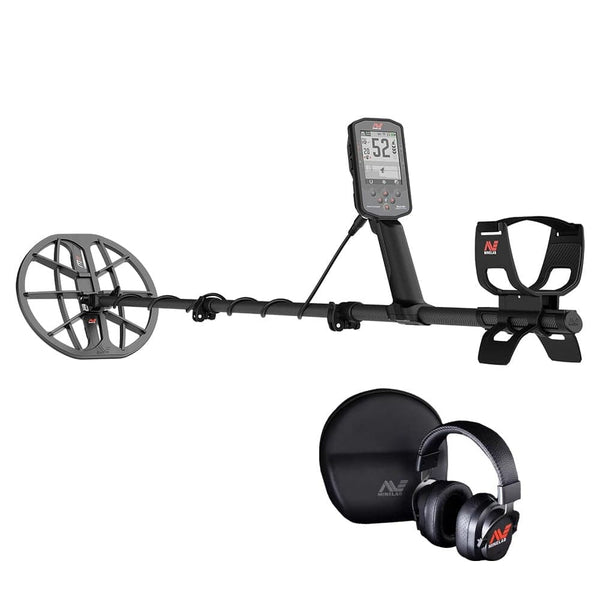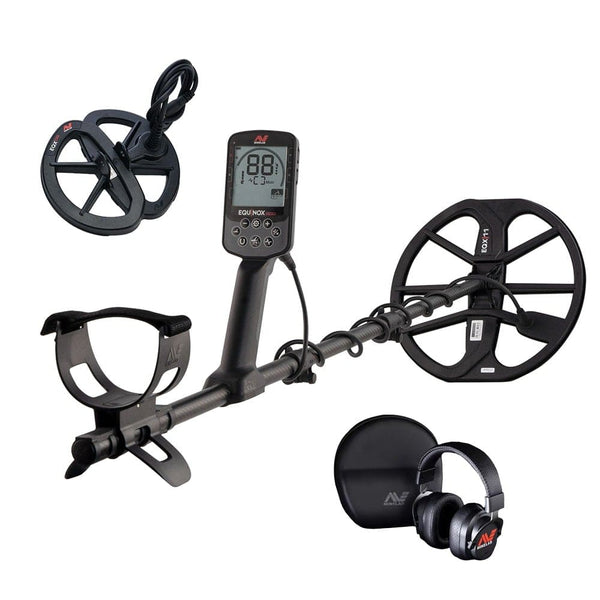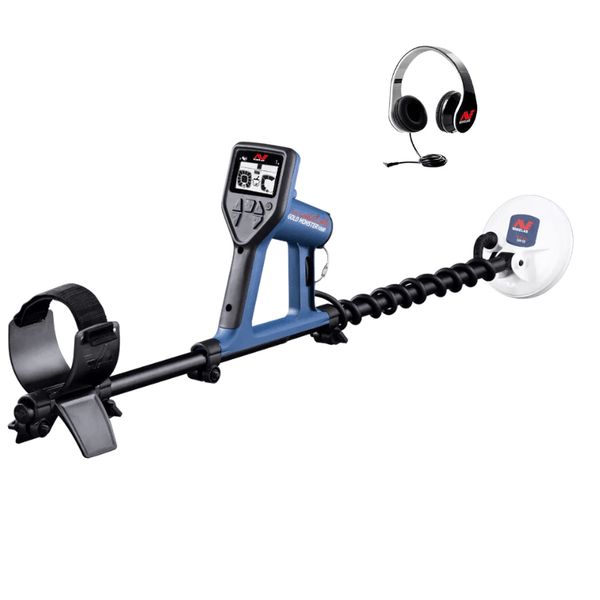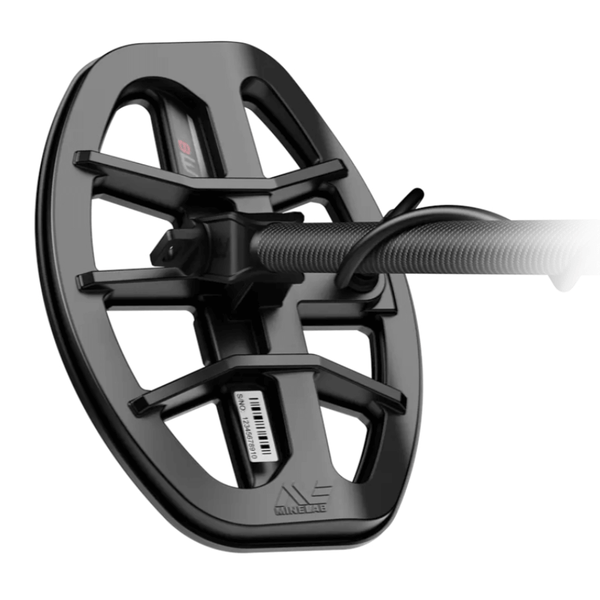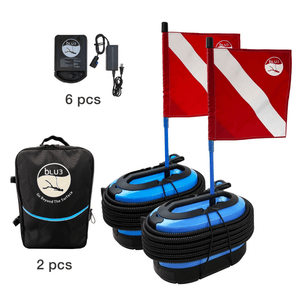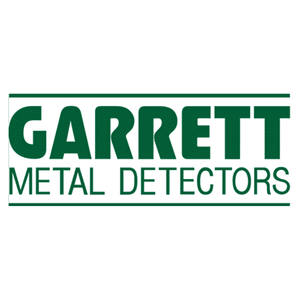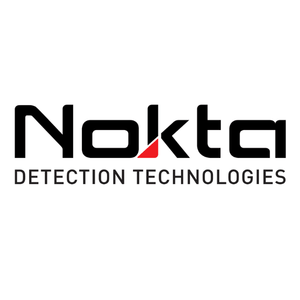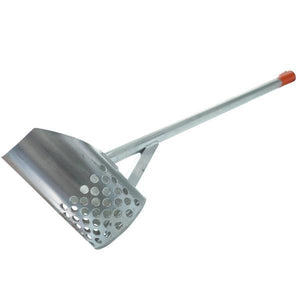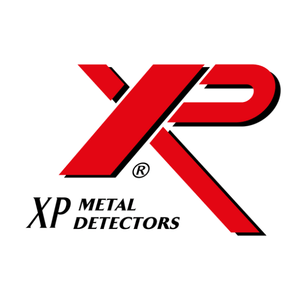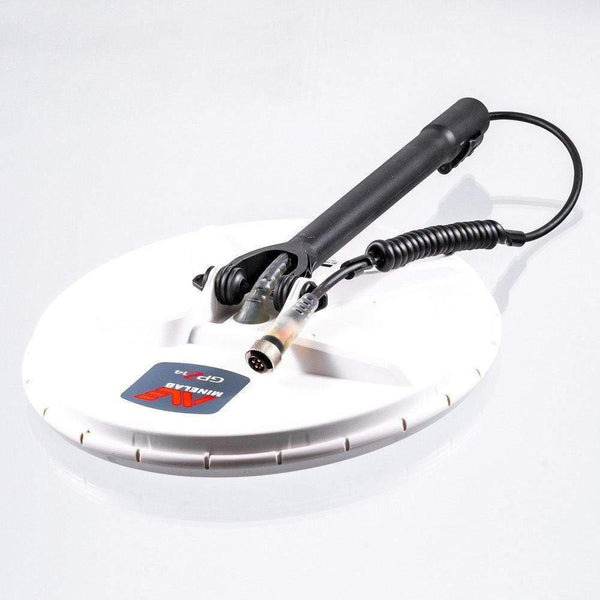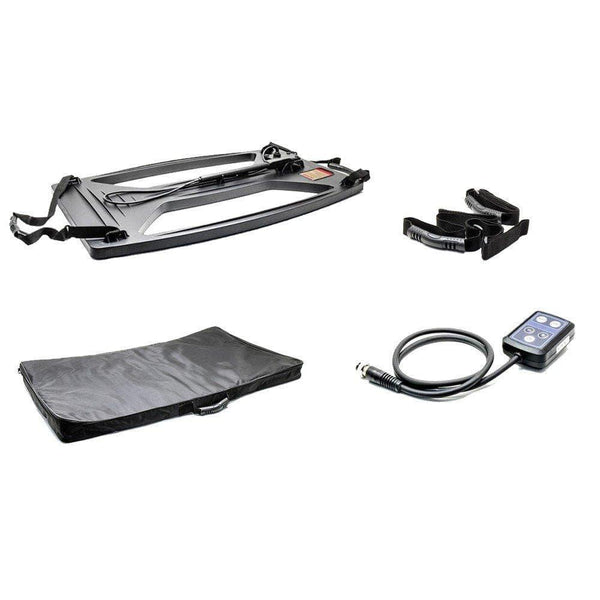Top 7 Features in a Modern Metal Detector
Introduction:
Metal detecting is an exciting hobby that attracts people who love adventure, searching for wealth, and learning about history. A good metal detector can help you find lost cash, jewelry, or artifacts, turning a fruitless search into a successful discovery. Modern metal detectors have many features that allow you to find things better and increase your chances of success.
In this post, we will look at the 7 best features of a modern metal detector. We'll explain each feature clearly and how it can improve your treasure finding.
These advanced features are the result of years of innovation, and they play a vital role in optimizing performance, ensuring comfort, and improving total detection accuracy.
1. Adjustable Sensitivity: Mastering the Art of Metal Detection
What it is:
Sensitivity settings are important for every metal detector. It lets you adjust how sensitive the detector is, helping you find metal objects that are either deep underground or small in size. Modern detectors have different sensitivity levels that you can change depending on the type of metal, soil conditions, and what you like.
Why it’s important:
Different types of land and surroundings can change how well a detector picks up messages. Soil that has a lot of minerals can cause problems and make it difficult to find valuable metals. Adjustable sensitivity lets you change settings to fit different situations, helping you get the best readings.
It helps find smaller items better, so you don’t miss anything important that might be hidden.
Example:
When hunting on saltwater beaches, you might need to lower sensitivity to stop the steady noise from the salty ground. In clean, mineral-free earth, you can increase sensitivity to reach greater depths.
2. Discrimination Control: Say Goodbye to Unwanted Targets
What it is:
Discrimination control lets you block out certain metals or materials that you don't want to find. Using discrimination helps you save time by not having to search through junk like iron nails, bottle caps, or aluminum foil. Most modern detectors let you change the settings to avoid certain metals based on their conductivity or properties.
Why it’s important:
This function helps you avoid hours of frustration when metal detecting in crowded or cluttered places. By getting rid of unwanted signs, you can concentrate on finding valuable items like coins, jewelry, and historical artifacts. Some monitors have "preset discrimination patterns" that you can change to fit what you like.
Example:
If you're searching for coins but keep finding nails and screws, changing the settings can help ignore those signs. This way, you can focus on finding more valuable items.
Key Benefit:
Discrimination control helps you narrow down your search, saving you time by removing unnecessary information and letting you focus on what matters.
3. Waterproof Design: Explore New Boundaries
What it is:
Waterproof metal detectors are made to work in wet areas, like beaches, lakes, or even underground. Many current detectors have waterproof coils and casings that keep them safe from damage, so you can use them in wet conditions.
Why it’s important:
Waterproof features allow for detection in many new locations. If you're looking for coins in wet beach sand or searching for treasures by riverbanks, it's important to know how to use your detector in water. Some devices can be used underwater to specific depths, which helps you explore and find hidden treasures.
Example:
You can continue using your device on rainy days or at the beach without worrying about water damage thanks to its waterproof design. Some detectors can work underwater, going as deep as 10 feet, which is excellent for finding metal in the water.
Key Benefit:
Being waterproof lets you visit more places like beaches, rivers, and shallow seas, no matter the weather or ground conditions.
4. Digital Target ID: Know Exactly What You're Digging For
What it is:
Modern detectors have Digital Target Identification (ID), which shows a number or display to indicate the type of metal found. This helps you figure out if the signal is from something important like a coin, a relic, or just trash.
Why it’s important:
Digital Target ID helps you make smart choices before you start digging. The system gives different numbers to different metals based on their conductivity. For example, a gold coin might show a better value, while a nail or piece of aluminum might show a lower value. Some devices have lights or sounds that help you understand the information better.
Example:
A target ID number of 25 might mean a nickel, while a number over 90 could mean a silver coin. This tool helps you decide if it’s worth looking deeper based on what the target might be worth.
Key Benefit:
Digital Target ID helps you work more efficiently by showing you what you might find before you dig. This saves you time and energy by allowing you to focus on valuable things.
5. Ground Balance Control: Tuning Out Soil Interference
Ground balance is a trait that helps reduce noise from mineral-rich soil and other ground materials. It adjusts the detector to handle differences in the soil, allowing it to avoid natural minerals while still finding metal objects. Modern detectors allow you to change the ground balance either automatically or manually.
Why it’s important:
Some places, like beaches, mountains, and rough landscapes, have many minerals. Without proper ground balance, these minerals can give incorrect signs or make your detector less sensitive. Automatic ground balance means your detector changes on its own, while manual ground balance allows you to make precise adjustments for different situations.
Example:
When metal detecting in areas with a lot of iron or salt water, using the ground balance tool helps reduce false signals from those minerals.
Key Benefit:
Ground balance improves the accuracy of metal detection by reducing interference from the dirt, leading to better and more reliable results.
6. Target Depth Indicator: Gauge the Effort Before You Dig
What it is:
The target depth indicator shows you how deep a metal item is buried. Modern devices can show in-depth reading, helping you decide if digging is worth it.
Why it’s important:
Knowing how deep the target is can help you focus your search and save energy. Shallow targets can be picked up quickly, while deeper targets need more digging. Knowing how deep your goal is helps you plan your digging better.
Example:
You can easily dig it out if the device indicates a depth of 2-3 inches. If it's deeper, you can choose if it's worth the extra work to dig it up.
Key Benefit:
A depth sign helps you save time by letting you focus on shallow targets when needed, and get ready for deeper ones when required.
7. Ergonomic Design: Comfort for Extended Sessions
What it is:
An ergonomic design makes the metal detector easy to use for a long time. Lightweight design, adjustable shafts, and padded arms all make metal detecting more comfortable.
Why it’s important:
Metal detecting can be a tiring and hard exercise. Without ergonomic design, you may feel tired, have muscle strain, or soreness, making it hard to focus. An ergonomic design makes things easier on your body, allowing you to enjoy the exercise for a longer time without feeling uncomfortable.
Example:
If you are using a heavy, badly balanced detector for hours, it can cause fatigue and frustration. A good detector with soft arms and an adjustable handle makes it more comfortable and fun to use.
Key Benefit:
Ergonomics make you more comfortable, so you can enjoy treasure digging for longer without pain or injury.



